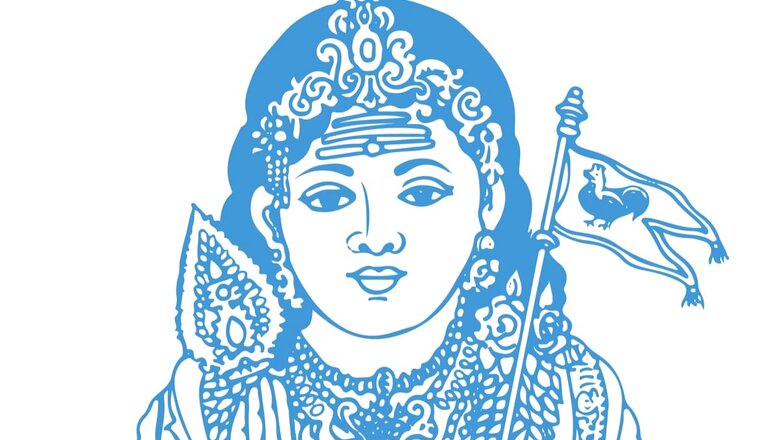
views
According to Dharmasindhu and Nirnayasindhu, the Skanda Sashti Vratam is usually observed on the day when Panchami Tithi ends and Sashti tithi enter between sunrise and sunset. Sometimes it is also observed on Panchami Tithi. Many Murugan temples in Tamil Nadu, including the famous Sri Subrahmanya Swami Devasthanam in Tiruchendur, follow the same. Skanda Sashti is also called Kanda Shashti.
Skanda Sashti falling during lunar month Kartika (which is during Solar month Aippasi or Karthikai) is believed to be the most significant one for the Tamil Brahmins. They observe six days fast from the first day also called Pirathamai of Kartika month and ends on the sixth day which is known as Soorasamharam day. It is believed that Lord Murugan defeated the demon Surapadman on Soorasamharam. The day after Soorasamharam is celebrated as Thiru Kalyanam.
The Skanda Sashti that falls after Soorasamharam is known as Subramanya Sashti or Kukke Subramanya Sashti.
Famous shrines of Lord Murugan in Tamilnadu:
1. Palani Murugan Temple (Coimbatore)
2. Swamimalai Murugan Temple (Kumbakonam)
3. Thiruthani Murugan Temple (Chennai)
4. Pazhamudircholai Murugan Temple (Madurai)
5. Sri Subrahmanya Swami Devasthanam, Tiruchendur (Thoothukudi)
6. Thirupparamkunram Murugan Temple (Madurai)
Apart from these, Marudamalai Murugan Temple, Kukke Subramanya Temple, are also the very famous shrine of Lord Murugan.
Read all the Latest News, Breaking News and Coronavirus News here


















Comments
0 comment